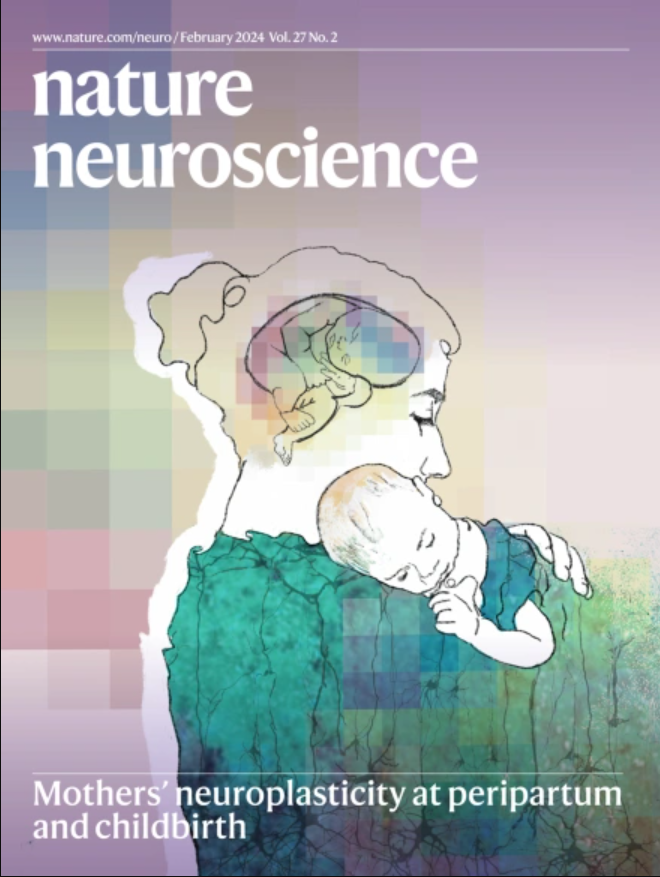Autism spectrum disorder variation as a computational trade-off via dynamic range of neuronal population responses
IF 21.2
1区 医学
Q1 NEUROSCIENCES
引用次数: 0
Abstract
Individuals diagnosed with autism spectrum disorder (ASD) show neural and behavioral characteristics differing from the neurotypical population. This may stem from a computational principle that relates inference and computational dynamics to the dynamic range of neuronal population responses, reflecting the signal levels for which the system is responsive. In the present study, we showed that an increased dynamic range (IDR), indicating a gradual response of a neuronal population to changes in input, accounts for neural and behavioral variations in individuals diagnosed with ASD across diverse tasks. We validated the model with data from finger-tapping synchronization, orientation reproduction and global motion coherence tasks. We suggested that increased heterogeneity in the half-activation point of individual neurons may be the biological mechanism underlying the IDR in ASD. Taken together, this model provides a proof of concept for a new computational principle that may account for ASD and generates new testable and distinct predictions regarding its behavioral, neural and biological foundations. Individuals with autism spectrum disorder show neural patterns different from those of neurotypical individuals. Here the authors show that this variation reflects a computational trade-off between accurate encoding and fast adaptation tuned by the neural population response.


自闭症谱系障碍变异是通过神经元群体反应的动态范围进行计算权衡的结果
被诊断为自闭症谱系障碍(ASD)的患者表现出不同于神经畸形人群的神经和行为特征。这可能源于一种计算原理,该原理将推理和计算动态与神经元群体反应的动态范围联系起来,反映了系统响应的信号水平。在本研究中,我们发现,动态范围(IDR)的增加表明神经元群对输入变化的反应是渐进的,它解释了被诊断为 ASD 的个体在不同任务中的神经和行为变化。我们用手指敲击同步、方位再现和全局运动一致性任务的数据验证了这一模型。我们认为,单个神经元半激活点异质性的增加可能是 ASD 中 IDR 的生物学机制。综上所述,该模型为可能解释 ASD 的新计算原理提供了概念证明,并对其行为、神经和生物学基础提出了新的可检验的独特预测。
本文章由计算机程序翻译,如有差异,请以英文原文为准。
求助全文
约1分钟内获得全文
求助全文
来源期刊

Nature neuroscience
医学-神经科学
CiteScore
38.60
自引率
1.20%
发文量
212
审稿时长
1 months
期刊介绍:
Nature Neuroscience, a multidisciplinary journal, publishes papers of the utmost quality and significance across all realms of neuroscience. The editors welcome contributions spanning molecular, cellular, systems, and cognitive neuroscience, along with psychophysics, computational modeling, and nervous system disorders. While no area is off-limits, studies offering fundamental insights into nervous system function receive priority.
The journal offers high visibility to both readers and authors, fostering interdisciplinary communication and accessibility to a broad audience. It maintains high standards of copy editing and production, rigorous peer review, rapid publication, and operates independently from academic societies and other vested interests.
In addition to primary research, Nature Neuroscience features news and views, reviews, editorials, commentaries, perspectives, book reviews, and correspondence, aiming to serve as the voice of the global neuroscience community.
 求助内容:
求助内容: 应助结果提醒方式:
应助结果提醒方式:


